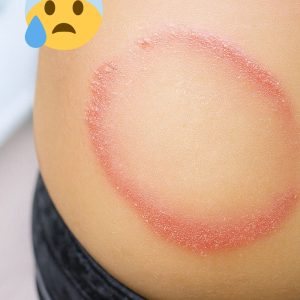Tick eggs are tiny—about 0.5 mm—“translucent or pale yellow, smooth, and glossy,” often clustered near the ground on vegetation or leaf litter. As they mature, they may darken, making them harder to spot.
Their danger lies in hatching into larvae that can spread serious illnesses like Lyme disease and Rocky Mountain Spotted Fever. “Any tick egg discovery must be handled with extreme care” to avoid infestations.
If you find them, contact pest control or a veterinarian for safe removal. For ticks on skin, “use fine-tipped tweezers to grasp the tick near its head and remove it slowly,” then dispose of it in alcohol, a sealed bag, or by flushing.
Prevention starts with removing deer-attracting plants like tulips and hostas, and adding tick-repelling plants such as mint and rosemary. Keep grass short, clear dense brush, manage woodpiles, and reduce rodent activity.
Extra steps include using cedarwood oil, diatomaceous earth, tick tubes, and rough landscaping materials like lava rocks. If needed, apply insecticides—natural or synthetic—carefully to further protect your yard.





